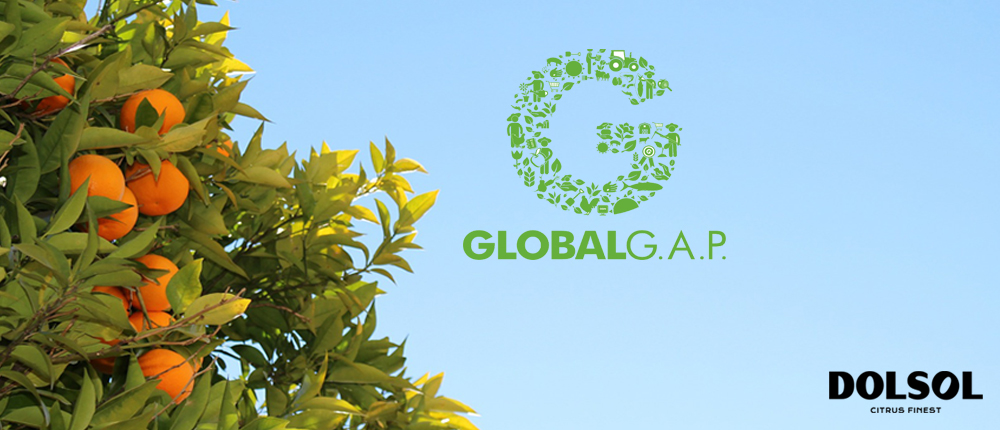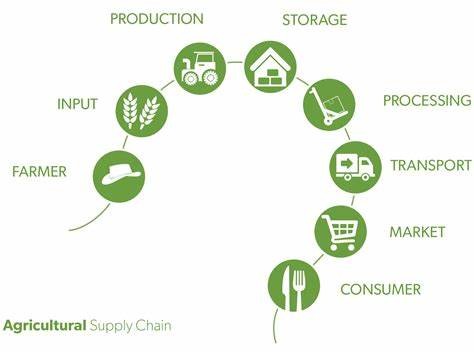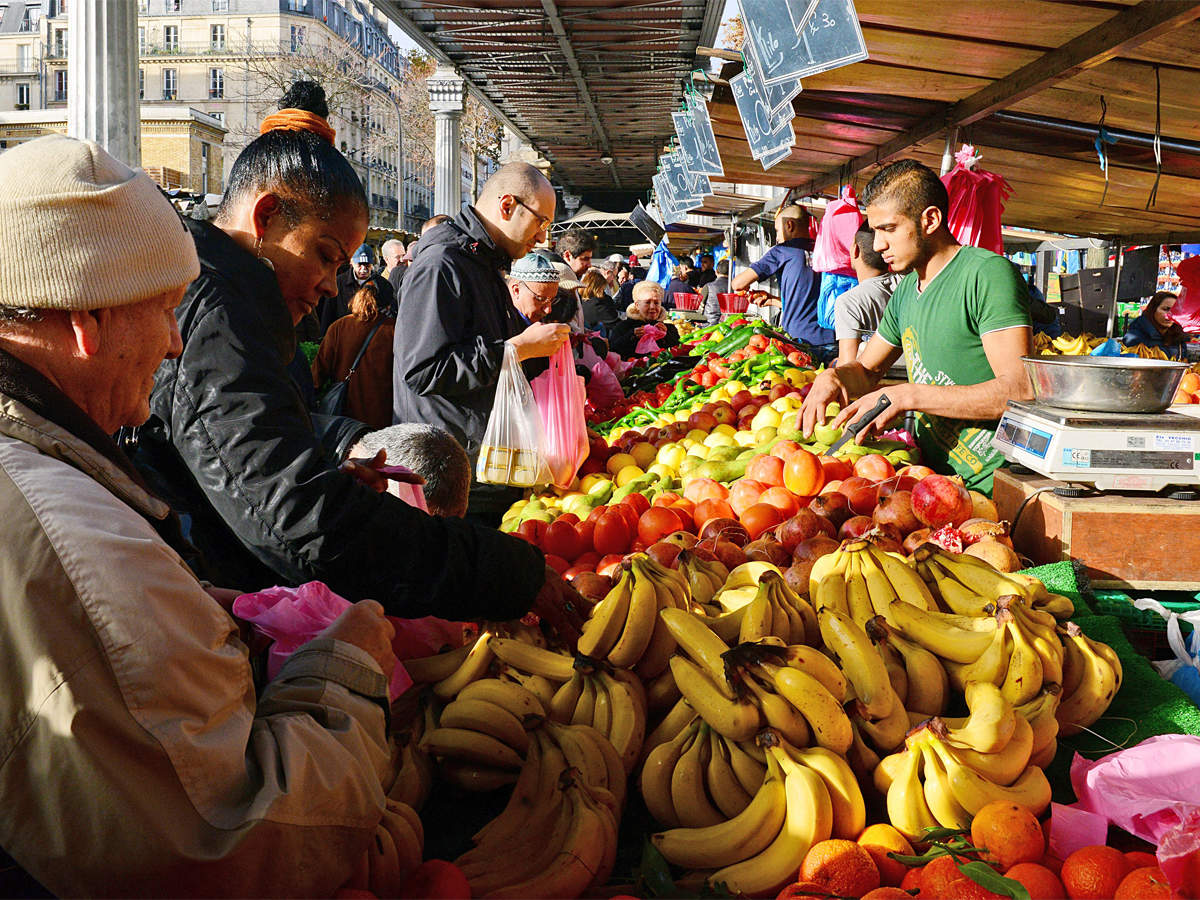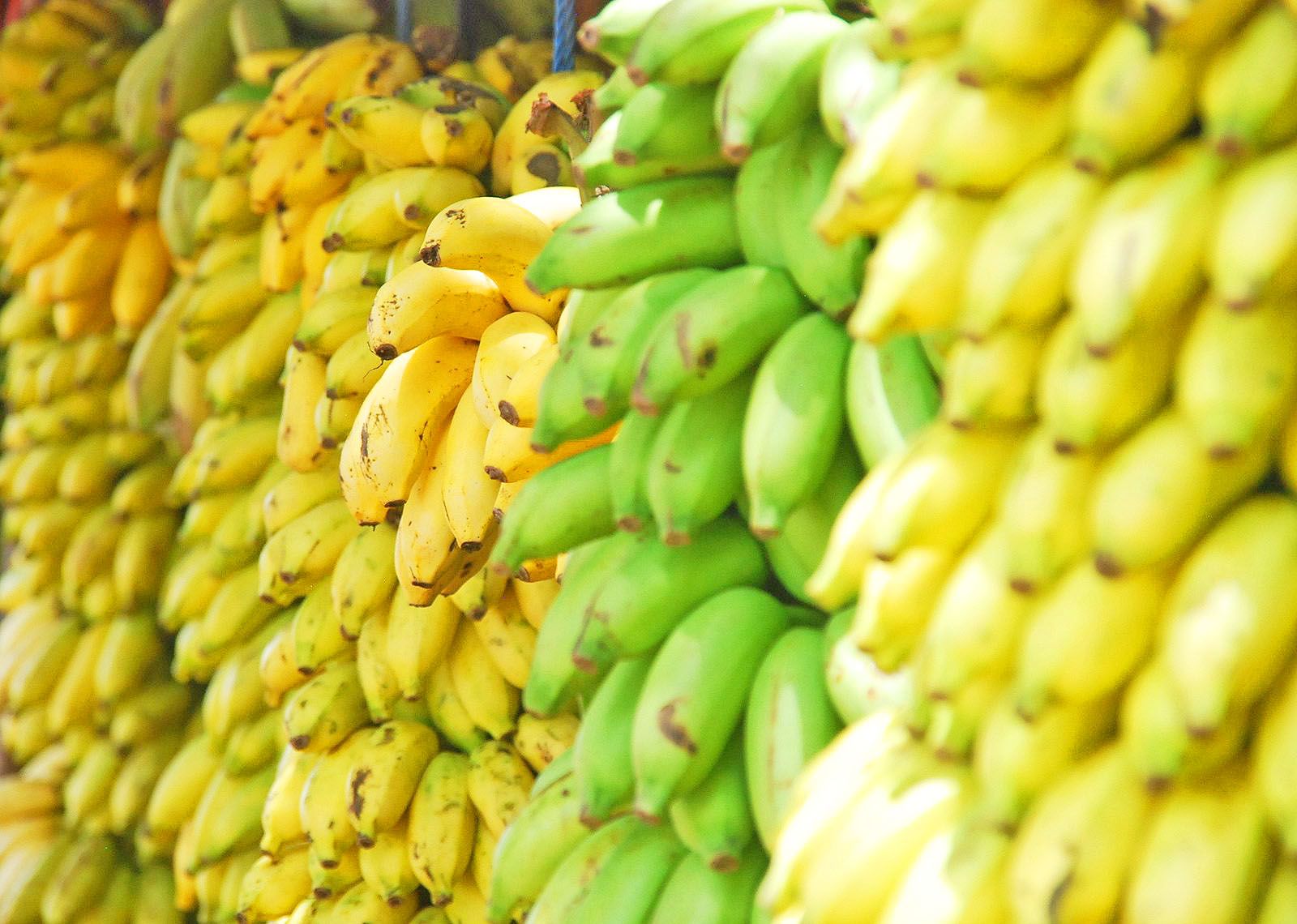Fresh vegetable consumer prices in the U.S. increased somewhat noticeably in Q1 2021 but then decelerated in Q2, relaxing slightly against the ongoing food price rally. Owing to the spate of lockdowns and the restructuring of the supply chain, production growth has failed to keep pace with the robust demand spurred by the counter-pandemic financial support measures. Rising production costs and increasing demand for biofuel-oriented oil crops also contribute to tangible food inflation.
According to the USDA data, the average fresh vegetable consumer prices over Q1 2021 exceeded the prices of Q1 2020 by 1.3%, relaxing slightly to a +0.6% surplus in Q2 against the same period of the previous year.
Rising food prices are emerging as an important issue even outside of the vegetable market. The food-away-from-home consumer prices index sees a prominent increase, keeping its pace at +3.8% both in Q1 and Q2 against the same periods of 2020, respectively. Besides the mentioned disbalance on the market, rising demand for biofuels also propels food inflation. Soybean prices are currently seeing a rapid surge driven by the increased use of biofuel derived from soybean oil. In the medium term, this may shift investments from field crops to oil crops, contracting vegetable supply and thereby promoting price growth.
Despite rising prices, vegetable demand in the U.S. remains robust. The covid crisis resulted in a 2% decline in total vegetable production, which was estimated at 44.7M tonnes in 2020 (IndexBox estimates). Nevertheless, there was no dramatic shortage in the domestic market, as that drop was offset by a 2% increase in imports (to 8.1M tonnes in 2020) and a 3% decline in exports (to 2.5M tonnes).
Driven by the growing population, the U.S. vegetable market is forecast to reach 56M tonnes by 2030. The rather high vaccination rate in the U.S. provides an optimistic look to the potential ease of the pandemic in 2021, which will promote consumption in the HoReCa sector. Over 2021-22, however, rising inflation can offset a positive effect from the income support measures and hamper the market growth – an issue which yet requires to get a prominent answer from the government and monetary authorities.
U.S. Vegetable Exports by Country
Canada (1.8M tonnes) is the main destination for vegetable exports from the U.S., with a 73% share of the total shipments. Moreover, vegetable exports to Canada exceeded the volume sent to the second major destination, Mexico (327K tonnes), fivefold.
In value terms, Canada ($2.6B) remains the key foreign market for vegetable exports from the U.S., comprising 82% of total exports. The second position in the ranking was occupied by Mexico ($232M), with a 7.4% share of total exports.
The average vegetable export price stood at $1,273 per tonne in 2020, rising by 2.3% against the previous year. Over the last eight-year period, it increased at an average annual rate of +2.2%. The pace of growth appeared the most rapid in 2013, an increase of 7.9% year-to-year. The export price peaked in 2020 and is expected to retain growth in the immediate term.
Prices varied noticeably by the country of destination; the country with the highest price was Canada ($1,422 per tonne), while the average price for exports to Taiwan (Chinese) ($702 per tonne) was amongst the lowest.
U.S. Vegetable Imports by Country
In 2020, Mexico (6.1M tonnes) was the largest vegetable supplier to the U.S., accounting for a 75% share of total imports. Moreover, vegetable imports from Mexico exceeded the figures recorded by the second-largest supplier, Canada (1.4M tonnes), fourfold.
In value terms, Mexico ($7.3B) constituted the largest supplier of vegetables to the U.S., comprising 70% of total imports. The second position in the ranking was occupied by Canada ($1.9B), with an 18% share of total imports.
In 2020, the average vegetable import price amounted to $1,291 per tonne, picking up by 9% against the previous year. Over the last eight years, it increased at an average annual rate of +2.5%. As a result, import price reached the peak level and is likely to continue growing in the immediate term.
Average prices varied somewhat amongst the major supplying countries. In 2020, the country with the highest price was Peru ($1,760 per tonne), while the price for Mexico ($1,202 per tonne) was amongst the lowest.
 English
English 






